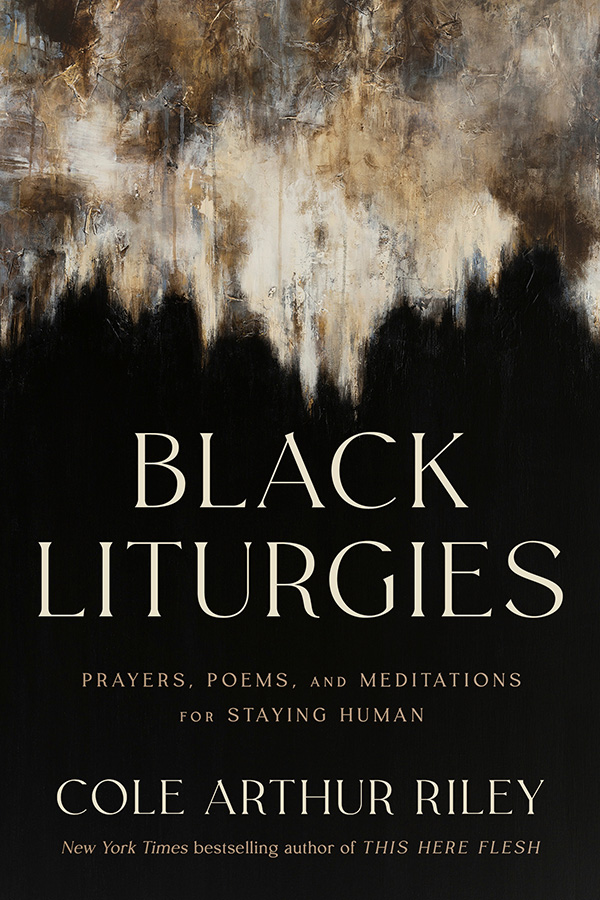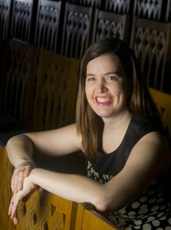Wandering groggily into my kitchen one winter morning, I was astonished to see the ceiling covered with dozens of tiny dancing rainbows. A freezing rain had fallen late the night before, just enough to coat the bare branches of the dogwood tree outside the window with a thin layer of ice.
The branches glistened in the bright morning sun as if sheathed in liquid diamonds, and the wind gently coaxed the limbs to and fro, letting the sunlight refract the miracle onto my ceiling.
I sat at the table, warming my hands on my coffee mug, transfixed by the rainbows’ mysterious dance. I’d never seen this wonder before; I doubted I would again.
What were the chances of the rain, the temperature, the wind and the sunlight converging to make my little kitchen’s ceiling more than a match for the Sistine Chapel’s? It couldn’t last long.
Suddenly, all the tiny rainbows shuddered, and their dance became chaotic. I looked out the window to see that a crow had lighted on one of the dogwood’s branches.
He turned his head this way and that, amazed as I was at the wondrous transformation the night had wrought on our familiar tree. Carefully, he inched his way toward the tip of the branch, where diverging twigs glimmered in their brilliance.
The crow leaned over, took the slender tip of the branch in his beak and shook it back and forth, fracturing the delicate icy sheath till it shattered and fell away. And as it fell, some of my rainbows disappeared.
I realized that, attracted by the winter morning’s miracle, the crow was trying to pry away a bit of the glistening sheath. He wanted to take it home, back to his nest, where it would belong only to him, a private adornment.
But as he tried in vain to possess the mystery, it shattered in his grasp and fell to the ground.
Undeterred in his treasure hunt, the crow marched back along the branch, shaking it every few inches. The diamond crust fell away each time he tried to own it. With each step and each tug, more of my rainbows disappeared.
At last the crow neared the dogwood’s trunk, giving the slender limb one final jolt. The last bits of the silvery sheath disintegrated, and the wondrous dance on my ceiling ended. The crow flew off, cawing out his frustration, as the fragments of the mystery lay in broken shards beneath the tree.
Isn’t this what happens every time we try to wrest a mystery out of its rightful place, appropriating it as furnishing for our own souls, hoarding it as authority for a cherished private narrative?
Perhaps this is what St. Paul meant when he used the word “mystery” to name the intersection between the mundane and the otherworldly, that place where intellect lies exhausted and awe and wonder must pick up the soul and carry it on.
Doesn’t every form of fundamentalism do violence to God’s mysterious self-disclosure among us? Whatever the banner it waves or the name it claims, certainty that I have heard the voice of God with utter clarity brutishly invades the incarnation and silences the Spirit. It makes adversaries of the angels who, standing in St. Paul’s mysterious intersection, announced both Jesus’ birth and his resurrection.
In all the years that have passed, I’ve never again seen a tree sheathed in liquid diamonds, or the dance of myriad, diminutive rainbows on my ceiling.
But I remember the sight, and the crow whose compulsion to possess the mystery reduced it to fragments.









